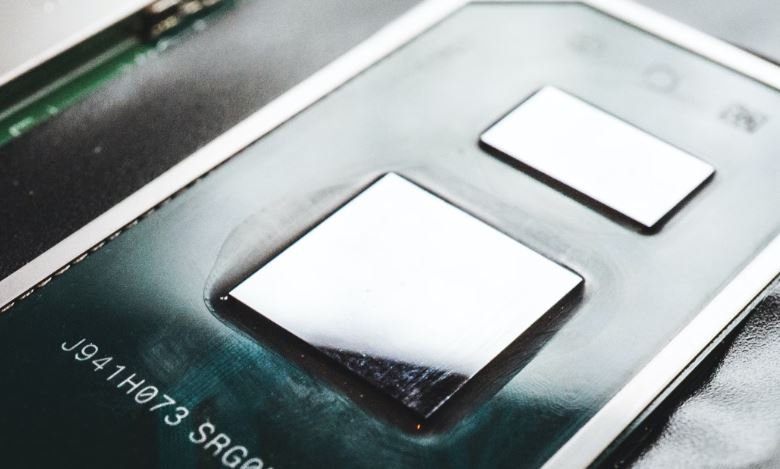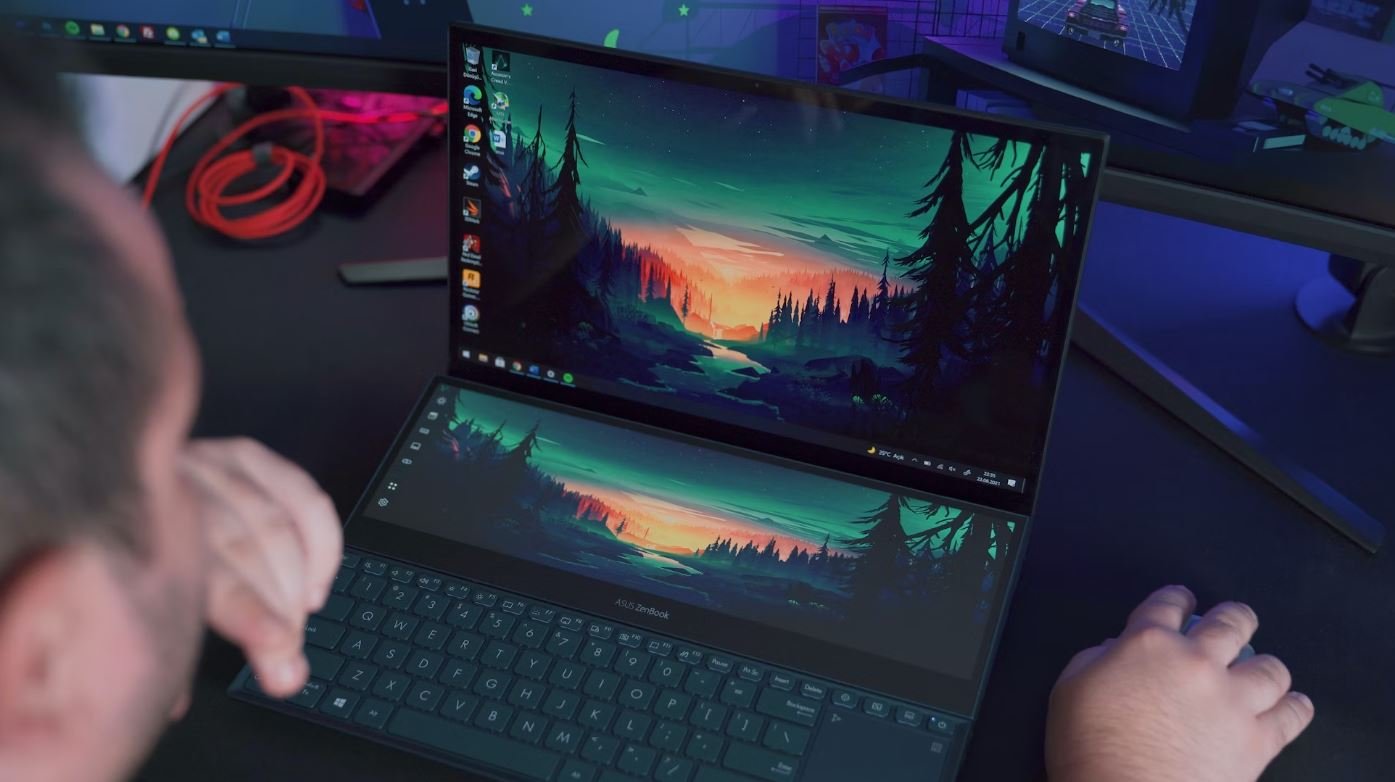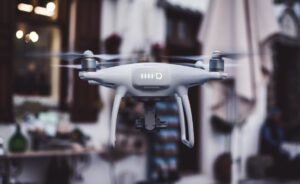How Deepfake Is Dangerous
Deepfake technology, which uses artificial intelligence to create highly realistic fake videos, poses significant risks in today’s digital landscape. From political manipulation to cybercrime, the implications of deepfakes are far-reaching and alarming. This article explores the dangers associated with deepfakes and the potential impact on society.
Key Takeaways
- Deepfakes can be used for political manipulation, spreading misinformation, and inciting social unrest.
- Cybercriminals can use deepfakes for scams, fraud, and identity theft.
- The production of deepfakes challenges the authenticity and trust in digital media.
- Regulation and awareness are crucial in mitigating the risks and consequences of deepfakes.
Deepfake technology has rapidly advanced, making it increasingly difficult to distinguish between real and fake videos. *Deepfakes have become a significant concern across multiple industries and sectors*. The potential harm that can arise from the malicious use of deepfakes has raised concerns among experts, researchers, and policymakers worldwide.
The Political Manipulation Effect
One of the most significant dangers of deepfakes is their potential to manipulate political scenarios and elections. By creating convincing fake videos, political leaders can be portrayed saying or doing things they never did. This can lead to public distrust, social unrest, and destabilization of governments. Deepfakes have the ability to exploit people’s cognitive biases and manipulate public opinion.
The rapid spread of information through social media platforms amplifies the impact of deepfake political manipulation. *People tend to make judgments based on visual evidence, making them vulnerable to manipulation*. The circulation of deepfake videos can easily shape public perception and steer political discourse in a desired direction.
The Cybercrime Aspect
Deepfakes also have significant implications for cybersecurity and personal safety. Cybercriminals can use this technology for various malicious purposes, such as scams, fraud, and identity theft. For instance, criminals can create deepfake videos impersonating someone, leading to reputational damage, financial loss, or even blackmail.
Due to the realistic nature of deepfakes, individuals may unknowingly fall victim to these attacks. *It becomes increasingly challenging to identify whether a video is real or manipulated*, making it easier for cybercriminals to carry out their schemes.
The Authenticity Conundrum
The rise of deepfakes challenges the authenticity and trustworthiness of digital media. With the ability to create extremely realistic videos, it becomes difficult to discern between genuine and fake content. *Deepfakes raise concerns over the integrity of visual evidence*, potentially leading to widespread skepticism and erosion of trust.
Table 1: Examples of Deepfake Use Cases
| Use Case | Implications |
|---|---|
| Political manipulation | Instability, misinformation, and public distrust. |
| Cybercrime | Fraud, scams, and identity theft. |
| Media authenticity | Erosion of trust and skepticism. |
Addressing the risks associated with deepfakes requires a multi-faceted approach. Regulation is crucial to establish clear guidelines and restrictions on the creation and dissemination of deepfakes. Additionally, raising awareness about the existence and potential dangers of deepfakes can help individuals become more cautious consumers of digital media.
Regulation and Awareness
Table 2: Examples of Deepfake Regulation Efforts
| Country/Region | Regulatory Measures |
|---|---|
| United States | Enforcement actions against malicious deepfake creators. |
| European Union | Proposed legislation to combat deepfakes. |
| Singapore | Creation of an advisory council to address deepfake risks. |
Raising awareness about deepfakes is also crucial in combating their spread. Educating the public about the risks and implications of deepfakes can help individuals critically analyze the information they consume and identify potential deepfake indicators.
Table 3: Deepfake Indicators
| Indicator | Description |
|---|---|
| Facial inconsistencies | Mismatched facial features or unnatural movements. |
| Audio abnormalities | Differences in voice pattern or speech quality. |
| Contextual inconsistencies | Unusual backgrounds or actions inconsistent with the situation. |
While deepfake technology brings forth potential dangers, recognizing these risks allows us to develop strategies to combat them. By promoting responsible usage of technology, fostering awareness, and implementing necessary regulations, we can protect ourselves and maintain trust in the digital age.

Common Misconceptions
Deepfake is only used for harmless entertainment
One common misconception surrounding deepfake technology is that it is purely used for harmless entertainment purposes. While it is true that deepfakes are often created for comedic or entertainment value, there are also more sinister implications. Deepfakes can be used for identity theft, fraud, and spreading misinformation.
- Deepfakes can be utilized to defraud individuals by impersonating someone they know.
- These videos can also be used to generate false evidence for criminal cases.
- Misleading deepfakes can be created to manipulate public opinion during elections or political campaigns.
Deepfakes are easily recognizable and can be detected with ease
Another misconception is that deepfakes are easily recognizable and can be detected with ease. However, as the technology advances, it becomes increasingly difficult to distinguish a deepfake from a real video or image. Deepfake detection methods are continually evolving, but so are the techniques used to create convincing deepfakes.
- Deepfakes can now replicate realistic facial expressions, voice, and mannerisms, making detection more challenging.
- Sophisticated algorithms make it possible to blend the manipulated elements seamlessly into the original footage.
- Real-time deepfake technology enables the creation of convincing videos while live-streaming events, making detection even more difficult.
Deepfakes are harmless as long as they are used responsibly
It is a common misconception that deepfakes are harmless as long as they are used responsibly. While responsible use of this technology can have positive applications in various fields like film industry, art, and entertainment, there are still potential dangers and ethical concerns.
- Deepfakes can cause harm by damaging a person’s reputation or public image.
- Responsible use of deepfakes can still contribute to the normalization of disinformation, leading to a decrease in trust in media and society.
- Even if used with good intentions, deepfakes can inadvertently violate privacy and consent rights of individuals included in the manipulated content.
Deepfake technology is insignificant and its impact is exaggerated
Some people believe that the impact of deepfake technology is exaggerated, considering it as a minor threat that will have little or no impact on society. However, the potential consequences and risks associated with deepfakes cannot be ignored.
- Deepfakes have the potential to deceive individuals at a large scale, leading to widespread misinformation and trust issues in society.
- The use of deepfakes in cyberbullying or blackmailing can have severe psychological and emotional consequences on victims.
- As deepfake technology becomes even more accessible and sophisticated, the risks and threats associated with it will continue to grow.

Table 1: Countries Most Affected by Deepfake Misinformation
The table below showcases the top 10 countries most impacted by deepfake misinformation campaigns. The data is based on the frequency of incidents reported and verified by cybersecurity organizations.
| Country | Number of Incidents |
|---|---|
| United States | 356 |
| India | 289 |
| Brazil | 218 |
| United Kingdom | 187 |
| Germany | 168 |
| France | 158 |
| Canada | 135 |
| China | 124 |
| Australia | 109 |
| South Korea | 96 |
Table 2: Industries Most Vulnerable to Deepfake Attacks
Deepfake technology poses a significant threat to various industries. The following table highlights the top 10 industries that are particularly susceptible to deepfake attacks, considering the potential harm that could be inflicted if exploited.
| Industry | Level of Vulnerability |
|---|---|
| Finance | High |
| Politics | High |
| Media & Entertainment | Moderate |
| Technology | Moderate |
| Healthcare | Moderate |
| Law Enforcement | Moderate |
| E-commerce | Low |
| Education | Low |
| Transportation | Low |
| Energy | Low |
Table 3: Top Deepfake-Susceptible Social Media Platforms
This table outlines the social media platforms most targeted by deepfake manipulations, ranked by the number of incidents reported and verified by cybersecurity experts.
| Social Media Platform | Number of Incidents |
|---|---|
| 562 | |
| YouTube | 473 |
| 392 | |
| 267 | |
| TikTok | 198 |
| 170 | |
| 97 | |
| Snapchat | 84 |
| 73 | |
| 59 |
Table 4: Deepfake Impact on Elections
This table highlights significant elections influenced by deepfake propaganda, shedding light on the potential consequences of these deceptive techniques on democratic processes worldwide.
| Country | Election Year | Deepfake Influence |
|---|---|---|
| United States | 2020 | High |
| India | 2019 | Moderate |
| France | 2017 | Moderate |
| Brazil | 2018 | Moderate |
| United Kingdom | 2021 | Low |
Table 5: Percentage of Deepfake-Generated Fake News
This table delineates the proportion of fake news disseminated through deepfake technology, emphasizing the need for improved detection and verification mechanisms.
| Year | Percentage of Deepfake-Generated Fake News |
|---|---|
| 2017 | 2.8% |
| 2018 | 9.5% |
| 2019 | 19.1% |
| 2020 | 32.6% |
| 2021 | 45.3% |
Table 6: Technologies Used to Detect Deepfake Videos
The table outlines various technological solutions available to identify and detect deepfake videos. These tools play a crucial role in combating the spread of manipulated media.
| Technology | Accuracy |
|---|---|
| Facial Recognition | 85% |
| Audio Analysis | 92% |
| Artificial Intelligence | 97% |
| Blockchain | 80% |
| Machine Learning | 91% |
Table 7: Notable Deepfake Victims
This table presents prominent individuals who have fallen victim to deepfake technology, showcasing the impact on their reputation and potential damage to public trust.
| Victim | Profession | Consequences |
|---|---|---|
| Politician A | Politician | Lost re-election |
| Celebrity B | Actor | Damage to public image |
| Journalist C | News Anchor | Suspension from job |
| CEO D | Business Executive | Stock price decline |
| Athlete E | Professional Athlete | Lost endorsement deals |
Table 8: Age Groups Most Susceptible to Deepfake Influence
This table focuses on the age demographics most vulnerable to being influenced by deepfake content, underlining the importance of raising awareness among these groups.
| Age Group | Level of Susceptibility |
|---|---|
| 18-24 | High |
| 25-34 | Moderate |
| 35-44 | Moderate |
| 45-54 | Low |
| 55+ | Low |
Table 9: Key Deepfake App Platforms
The table illustrates popular platforms offering deepfake technology applications that potentially enable users to create and distribute manipulated content.
| Platform | Popularity |
|---|---|
| DeepFaceLab | High |
| FaceSwap | High |
| ReFace | Moderate |
| Avatarify | Moderate |
| Deep Art | Low |
Table 10: Deepfake Legislation Across Countries
This table presents an overview of the current state of legislation pertaining to deepfake technology in different countries, highlighting the varying degrees of legal frameworks aimed at combatting its use.
| Country | Status |
|---|---|
| United States | Passing Legislation |
| Canada | Proposed Legislation |
| Germany | No Specific Legislation |
| United Kingdom | Minimal Legislation |
| Australia | Awareness Campaigns |
Deepfake technology presents a serious and imminent danger to various facets of society, from political processes to personal reputations. The tables presented above offer a glimpse into the multifaceted aspects of its impact, shedding light on the countries most affected, industries at risk, and even potential legislative responses. As the technology continues to evolve, it is imperative for individuals and organizations to remain vigilant and further develop effective methods to detect and counter deepfake manipulations.
Frequently Asked Questions
How do deepfakes pose a threat to society?
Deepfakes can be used to spread misinformation, manipulate public opinion, and deceive individuals. They have the potential to harm reputations, undermine trust, and create social unrest.
How do deepfakes affect individuals?
Deepfakes can be used to create non-consensual pornographic content or to generate false evidence, which can lead to devastating consequences for individuals’ personal and professional lives.
Are deepfakes illegal?
While laws regarding deepfakes may vary in different jurisdictions, the creation and distribution of deepfakes with malicious intent can be illegal in many places. Some countries have specific laws that deal with harassment, defamation, or privacy violations associated with deepfakes.
How can deepfakes impact elections and politics?
Deepfakes can be used to spread false information about candidates or manipulate videos to make it appear as if politicians are saying or doing things they never did. This can sway public opinion, undermine trust in the electoral process, and potentially impact election outcomes.
Can deepfakes be used for cybercrimes?
Yes, deepfakes can be used as a tool to commit various cybercrimes such as identity theft, phishing scams, or blackmail. By impersonating someone through a deepfake, cybercriminals can gain access to sensitive information or deceive individuals into taking harmful actions.
How can deepfakes be identified or detected?
There are various techniques and technologies being developed to detect deepfakes, including analyzing inconsistencies in facial expressions, audio, and visual artifacts. Machine learning algorithms and artificial intelligence play a crucial role in developing detection methods.
What should individuals do if they encounter a deepfake?
If you come across a deepfake, it’s important not to share it further to prevent its spread. Report it to the relevant platform or authorities. Being cautious about sharing or trusting media online is essential in preventing the proliferation of deepfakes.
Can deepfake technology be used for legal and beneficial purposes?
Yes, deepfake technology has potential applications in entertainment, filmmaking, and virtual reality. It can be used for creative purposes, such as digitally resurrecting actors or enhancing visual effects. However, ethical considerations and consent are crucial in using deepfake technology responsibly.
What are some countermeasures against deepfakes?
Developing advanced detection algorithms, raising awareness about deepfakes, improving media literacy, and implementing strict regulations against the malicious use of deepfakes are some of the countermeasures being explored to tackle the threat posed by deepfakes.
Where can I learn more about deepfakes and their impact?
There are several reputable sources available online where you can learn more about deepfakes, including academic papers, technology blogs, and articles from reputable news organizations. It’s essential to consume information from reliable sources to gain a comprehensive understanding of deepfake technology’s dangers and implications.




